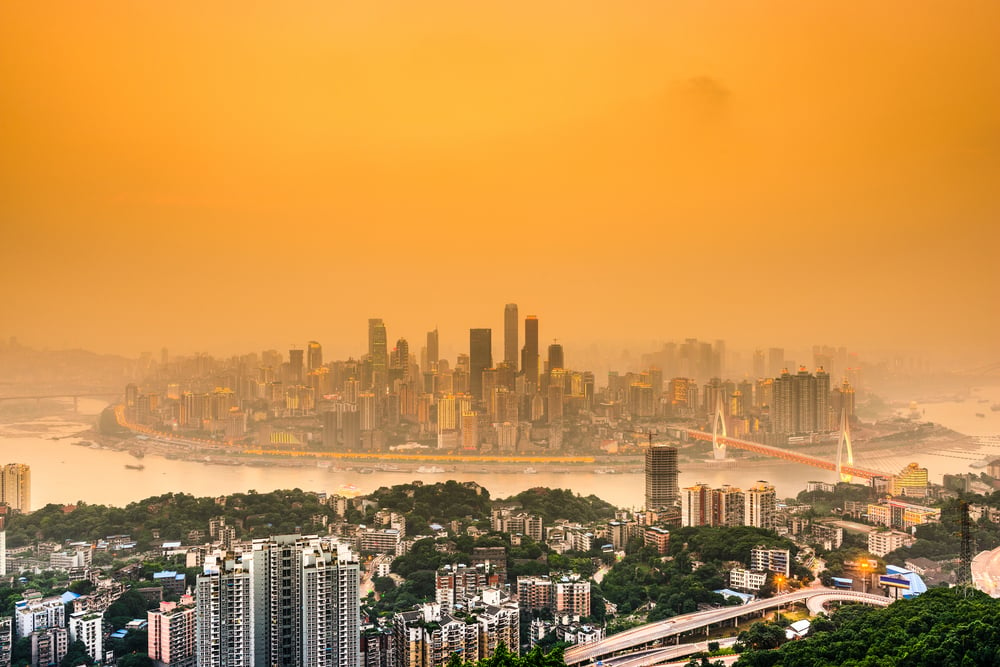Newsletter
Particulate matter (also known as particle pollution or PM), is a complex mixture of solid particles and liquid droplets in the air. Often characterized according to size, particulate matter is made up of a number of different components, such as:
- Organic chemicals
- Dust particles
- Acids (such as nitrates and sulfates)
- Organic material such as soil
- Metals
Particle air pollutants vary in size, composition, and origin. Solid particles like smoke, soot, or dust, are visible to the naked eye but smaller particles cannot be detected.
Why Does PM Size Matter?
The size of the particles is directly linked to their potential for causing health problems. Smaller particles are more harmful than larger particles because they can move deeper into the respiratory tract when inhaled. For this reason, fine particles that have a diameter of less than 2.5 micrometers (or, roughly one-eighth the diameter of a human hair) are linked to more serious health effects.
Coarse particles (PM10)
Coarse particles are larger than 2.5 micrometers and smaller than 10 micrometers in diameter. They’re often found near roadways and in dusty areas. Once inhaled, these particles can affect the heart and lungs and cause serious health effects. Examples of coarse particles include dust, pollen, spores, and ash.
Fine particulate matter (PM2.5)
Fine particulate matter is the term used for a range of particles that are less than 2.5 microns (µm) in diameter. This is why it is often referred to as PM2.5. These particles are so small that you cannot see them without a microscope. Outdoor air pollutants that generate fine particulate matter include diesel emissions, power plants, nearby fires, and the burning of fossil fuels.
Health Effects of Particulate Matter
Many studies have linked particle pollution exposure to a variety of health problems. They include both short-term (acute) and long-term effects (chronic). Long-term exposure to PM can reduce life expectancy and impede developing lungs in children. Short-term effects of PM negatively affect sensitive groups such as the elderly, infants, and those suffering from chronic lung diseases.
How to Protect Your Air From PM
There are lifestyle changes you can make to protect yourself from the harmful effects of PM. Concentrations of PM in urban areas can be reduced by:
- Avoiding excessive idling of your automobile
- Eliminating fireplace and wood stove usage
- No burning of leaves, trash, and other materials
- Avoiding the use of gas-powered lawn and garden equipment
Consciously making choices to keep your air safe is the first step in protecting yourself.






.png?width=200&height=148&name=Menu%20C%20(2).png)

.png?width=307&height=228&name=Menu%20-%20D%20(1).png)
.png)




